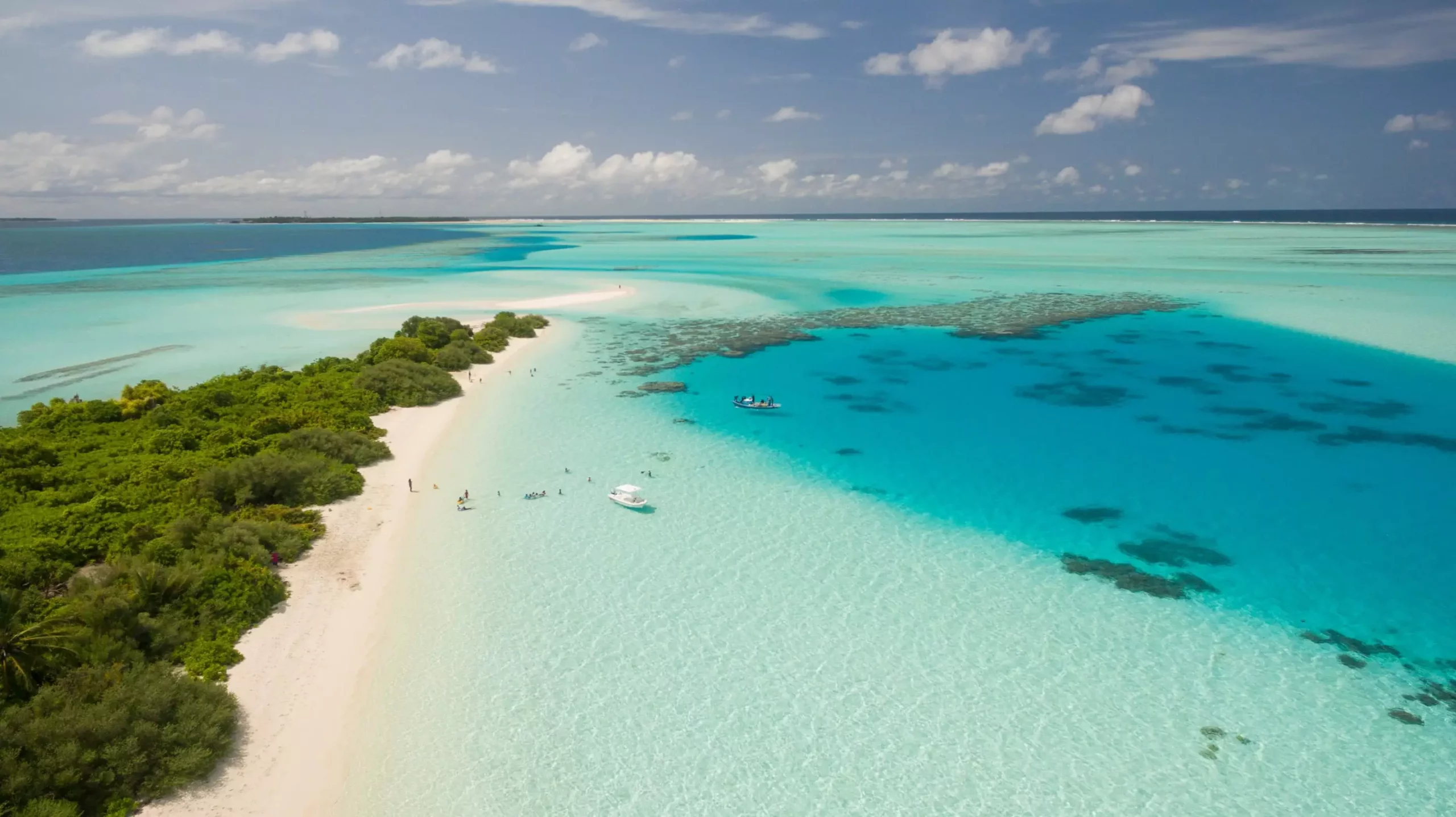

The distribution of salt by ocean currents has long been recognized as a critical factor in regulating the global climate. A recent study conducted by researchers from Dalhousie University, GEOMAR Helmholtz Centre for Ocean Research Kiel, Alfred Wegener Institute, Helmholtz Centre for Polar and Marine Research (AWI), and MARUM—Center for Marine Environmental Sciences at the University of Bremen, sheds light on the importance of understanding natural climate anomalies, such as the Little Ice Age, in order to comprehend the potential consequences of human-induced global warming. This article presents a critical analysis of the study and discusses its findings in the context of climate change.
The researchers emphasize the need to examine past climate anomalies to gain insights into the underlying processes and mechanisms that may be triggered by global warming. The Little Ice Age, a cold period spanning from the 15th to the mid-19th century, has been extensively studied but still remains a topic of controversy. While previous research has suggested an increase in sea ice extent and desalination in the subpolar North Atlantic as potential triggers for cold periods, this study highlights the equally important role of processes in the tropical Atlantic. The scarcity of information regarding these climate events in the subtropical-tropical Atlantic and their impact on the Northern Hemisphere led the researchers to embark on their investigation.
To better understand the historical climate anomalies in the tropical Atlantic and their potential influence on ocean circulation and climate further north, the team examined a sediment profile from the southern Caribbean. They focused on reconstructing the salinity and temperature of the surface water over the past 1700 years using the isotopic and elemental composition of plankton shells. The results revealed a significant cooling of approximately 1°C during the Little Ice Age, indicating a notable temperature change for the region. Furthermore, an intriguing finding was the occurrence of pronounced cooling in the 8th-9th centuries, which coincided with droughts in the Yucatan Peninsula and the decline of the Classic Maya culture.
The study also highlighted the connection between cold climate anomalies in the subpolar North Atlantic and Europe, weakened ocean circulation, and increased salinity in the Caribbean. The movement of tropical salt to high northern latitudes, known as advection, is crucial for maintaining high surface densities in the subpolar North Atlantic, which ultimately stabilizes large-scale ocean circulation. This circulation includes the transport of warm Gulf Stream water, which plays a key role in maintaining Europe’s mild temperatures. The reduction in salt movement to high northern latitudes during cold periods amplifies and prolongs these climate events, while the slow movement of positive salinity anomalies from the tropics increases surface density in the subpolar North Atlantic, favoring the northward transport of heat by ocean currents and resulting in milder temperatures over Europe and North America.
The findings of this study further support the notion of a weakening Gulf Stream and its potential relationship to human-induced warming. The interconnectedness of different climate mechanisms, particularly the south-north transport of salt, highlights the global consequences of changes in salt distribution. The researchers emphasize that the extent to which these mechanisms interact has been a longstanding question in climate science. By confirming the key role of salt distribution in the processes involved, this study contributes to a better understanding of the complex dynamics of global climate change.
The distribution of salt by ocean currents is central to the regulation of the global climate. This critical analysis of the recent study highlights its significance in unraveling the mechanisms of past climate anomalies, such as the Little Ice Age, and sheds light on the impact of salt distribution on ocean circulation and climate. It emphasizes the need to consider both the subpolar North Atlantic and the tropical Atlantic when studying climate events and provides valuable insights into the potential consequences of human-induced global warming. By uncovering the role of salt transport and its influence on large-scale ocean circulation, this study contributes to our understanding of the complex and interconnected nature of climate change.
Rogue waves have long been a subject of fascination and terror in maritime lore. These…
As the world grapples with public health challenges, especially those posed by infectious diseases, the…
The Sombrero Galaxy, also known as Messier 104, embodies a breathtaking blend of spirals and…
In recent advances in quantum electronics, a groundbreaking discovery leveraging the concept of kink states…
In the intricate tapestry of nature, ice often exists in a delicate balance with liquid…
In an astonishing event that captured global attention, a rogue object from beyond our Solar…
This website uses cookies.